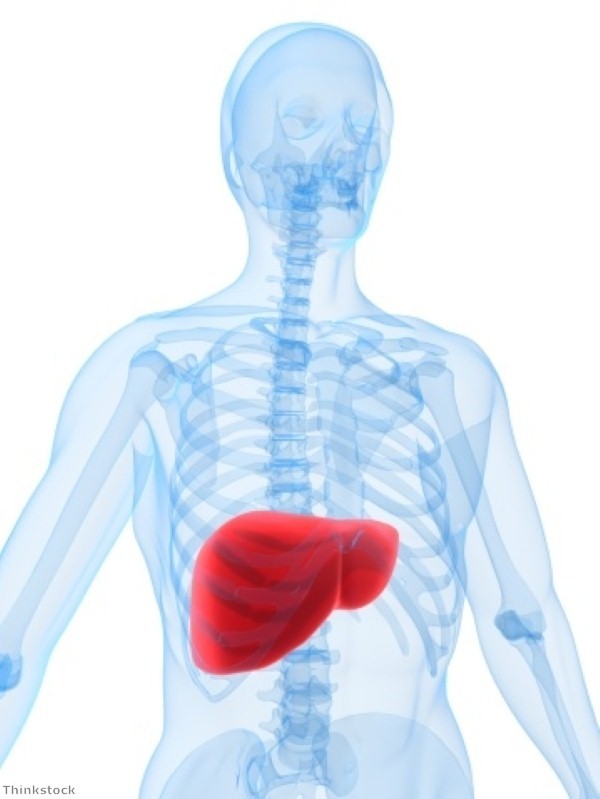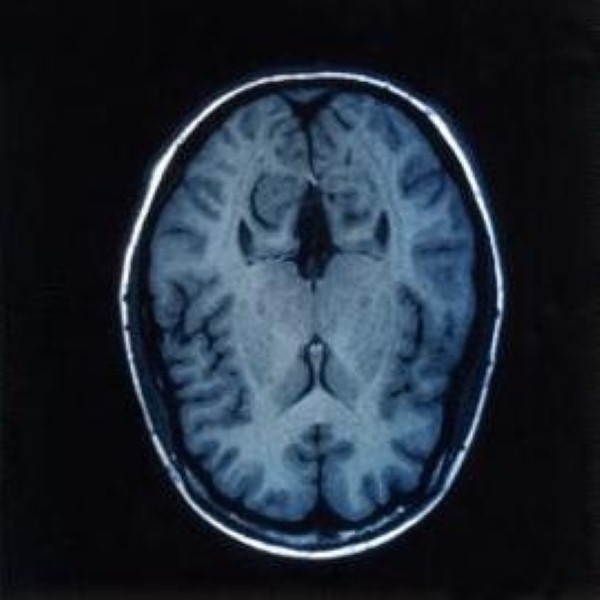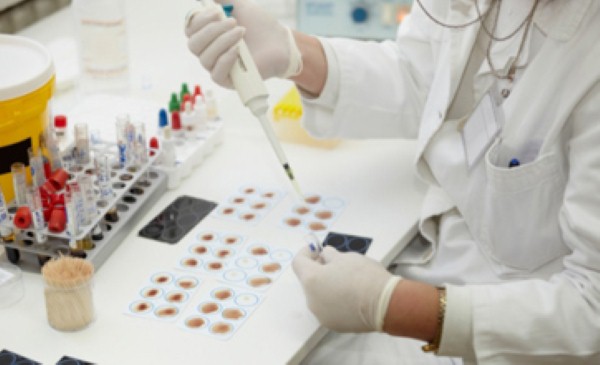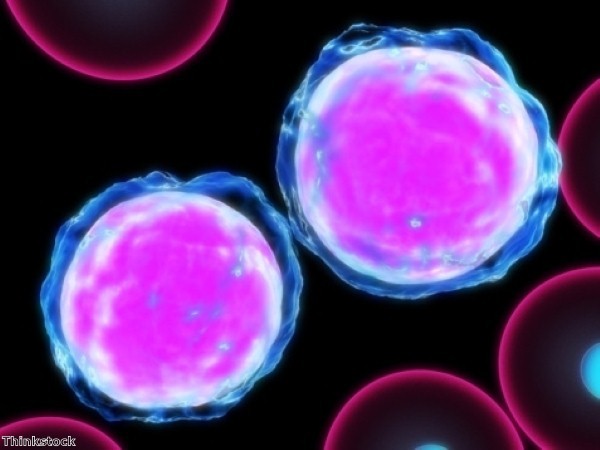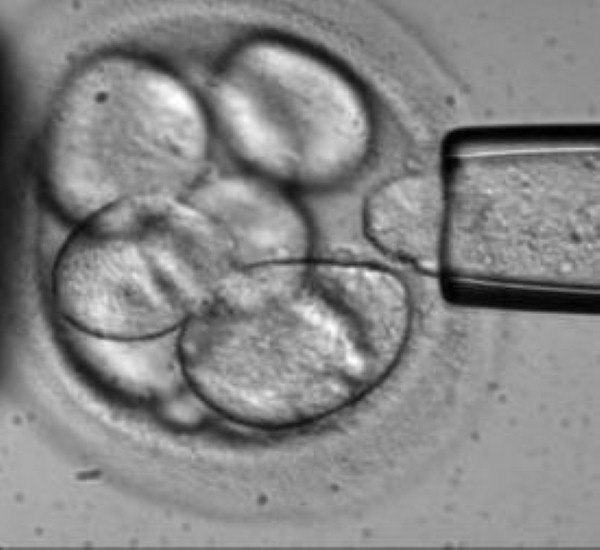Scientists at the University of Veterinary Medicine, Vienna have shed light on the role of phosphate-rich foods in raising blood pressure and promoting vascular calcifications.
Levels of a hormone known as Fibroblast Growth Factor 23 (FGF23) are increased as a result of a high-phosphate diet and this puts a strain on the cardiovascular system.
Foods that are high in phosphates include processed cheese, Parmesan, cola, baking powder and most processed foods. Phosphates are also frequently used in the food industry as preservatives and pH stabilizers.
Chronic kidney disease affects more than 500 million people around the world. Clinical studies have shown that such people are prone to developing cardiovascular diseases such as high blood pressure and vascular calcification.
However, until recently, the link between renal disease, the build-up of the hormone FGF23, which is produced in the bones, and cardiovascular disease was unclear.
The scientists demonstrated that FGF23 controls the reabsorption of filtered sodium in the kidneys. Mice lacking this hormone excrete higher quantities of sodium in their urine, resulting in low blood pressure.
Those with high levels of FGF23, however, show increased levels of sodium in their blood, and in turn, high blood pressure.
Increased levels of FGF23 place a strain on the heart. "In patients with chronic renal disease, both the phosphate levels and the levels of FGF23 are chronically high. This often leads to cardiovascular disease," said Reinhold Erben, the head of the Unit of Physiology, Pathophysiology and Biophysics at the Vetmeduni Vienna.
A second study reveals that FGF23 controls calcium levels in the blood. Too much of the hormone encourages the kidneys to take up calcium, leading to vascular calcification.
FGF23 is formed in the bones and controls the excretion of phosphate via the kidneys. When abnormally high levels of phosphate are found in the body, FGF23 levels rise, leading to the excretion of excess phosphate.
If the excretion process via the kidneys does not work correctly, or too much phosphate is taken in with food, phosphate and FGF23 levels increase, resulting in a spiral which could have damaging health consequences.


